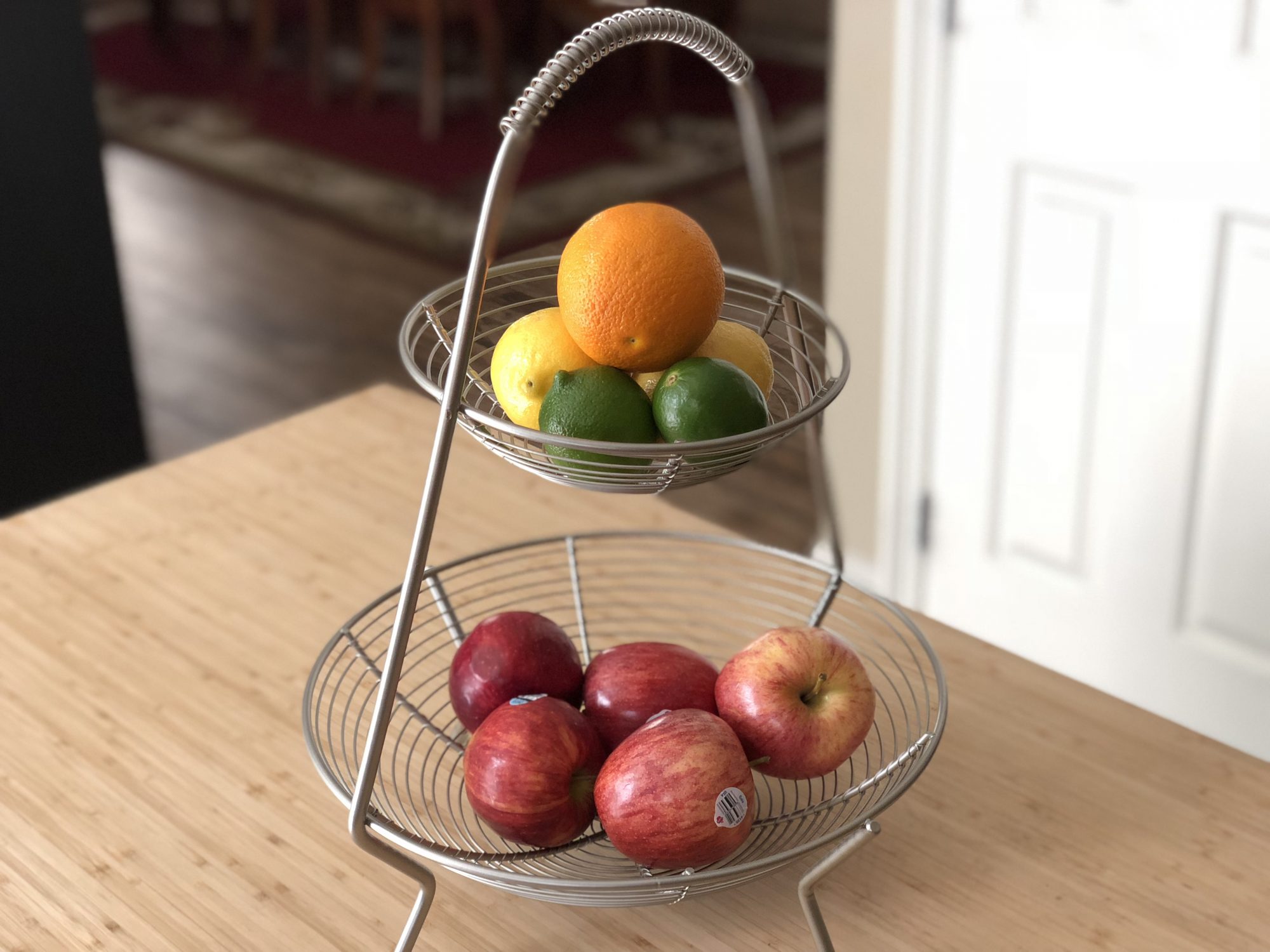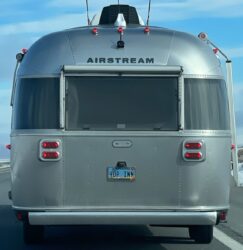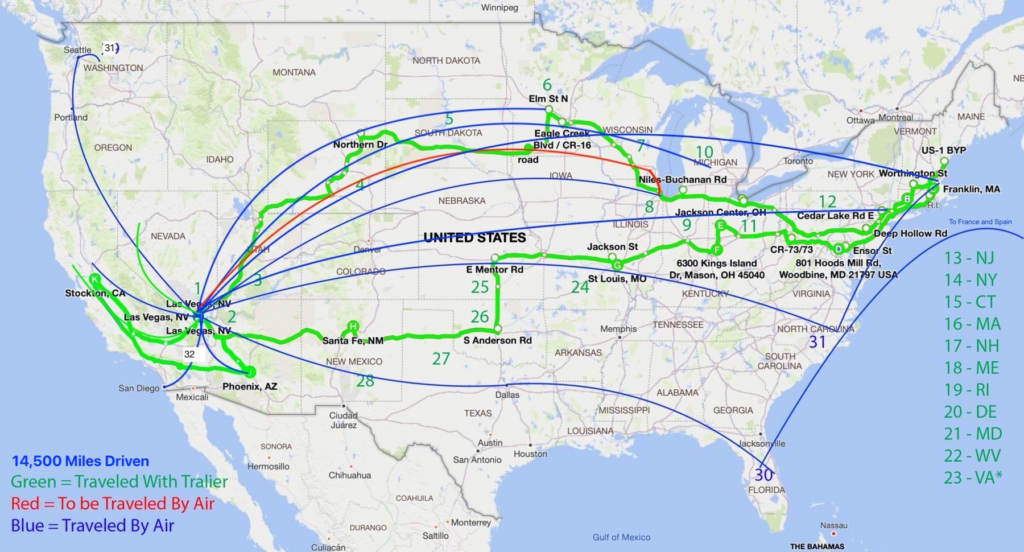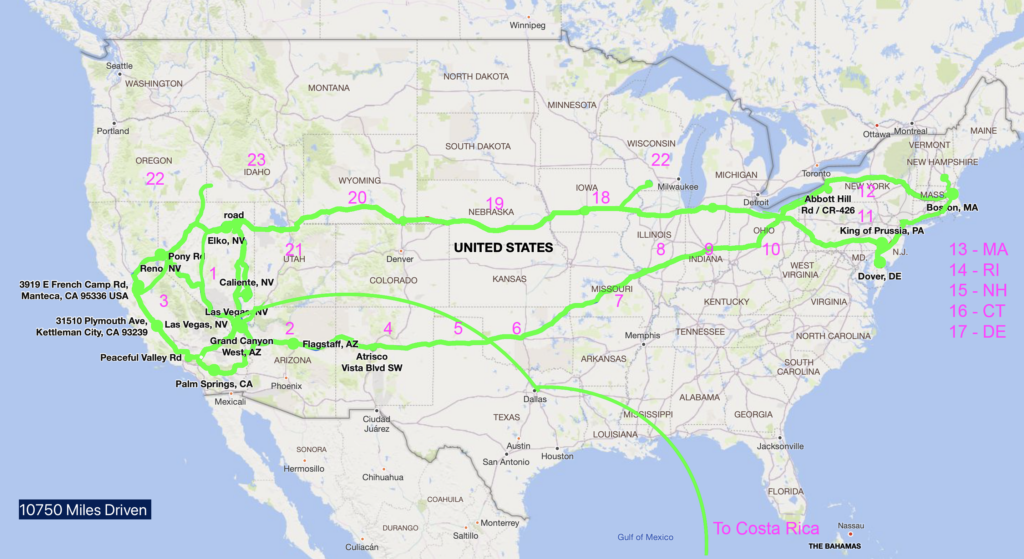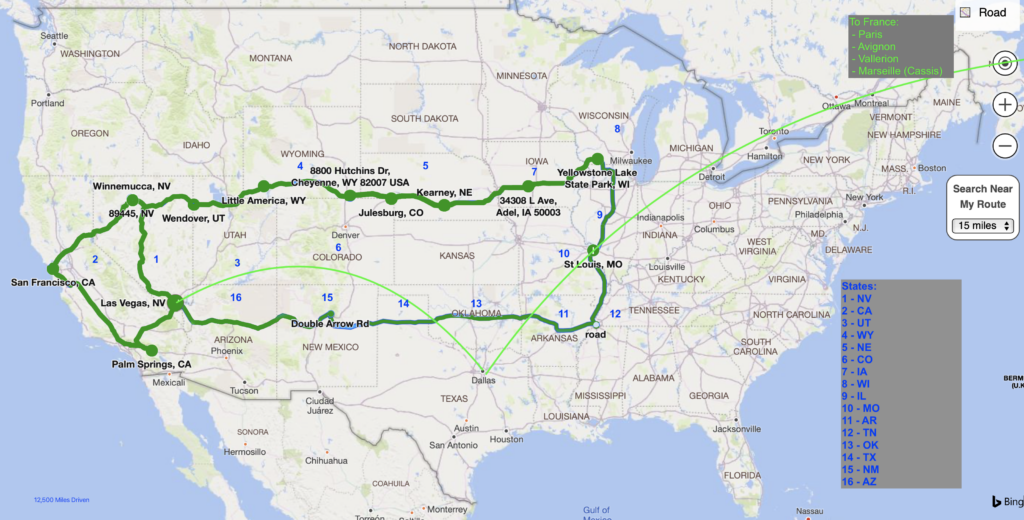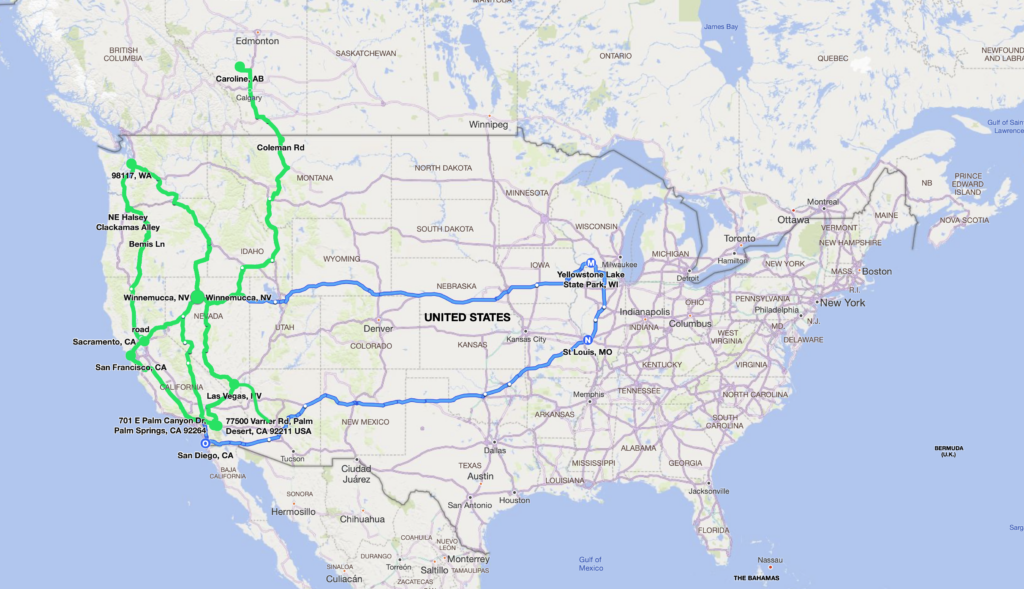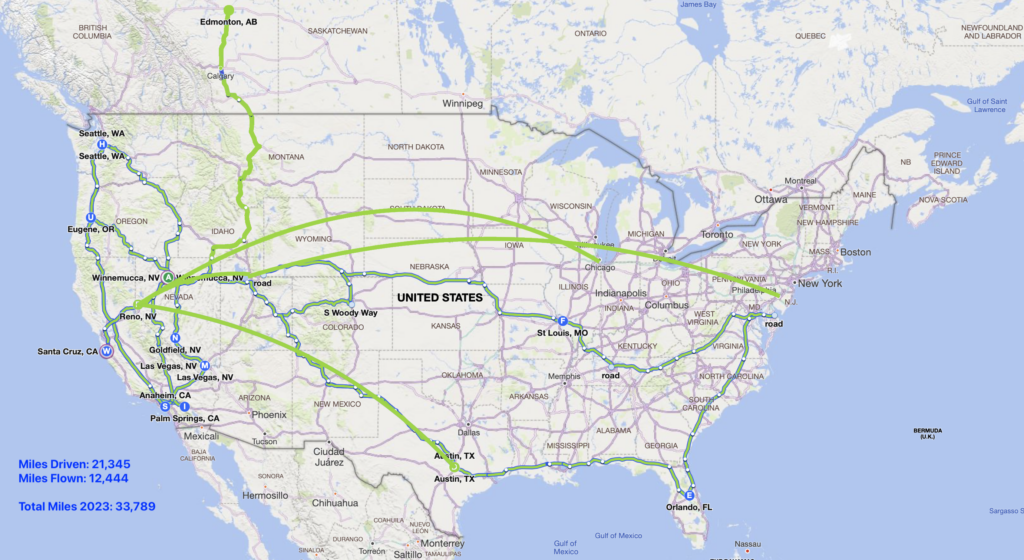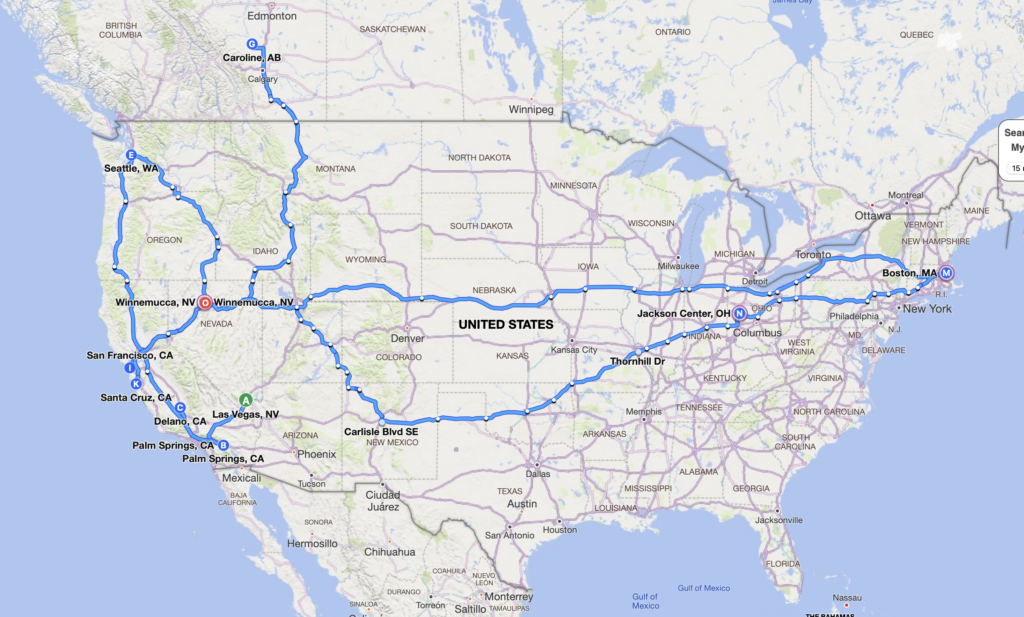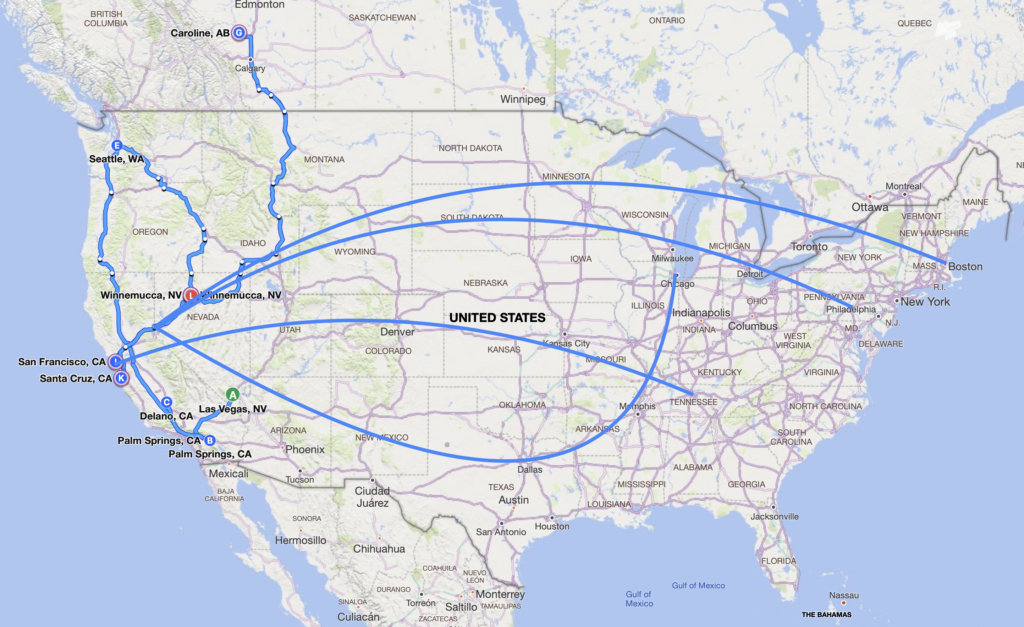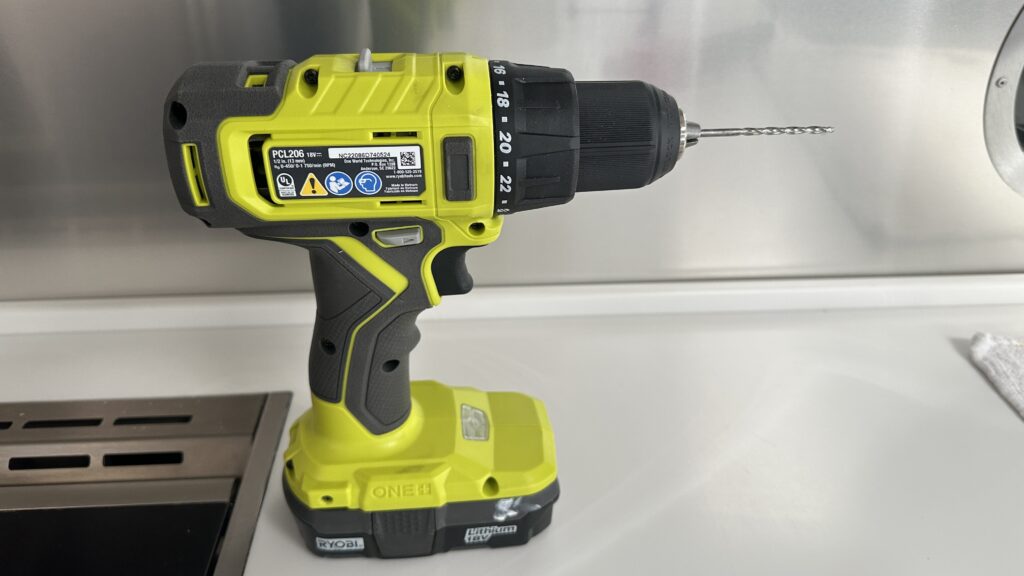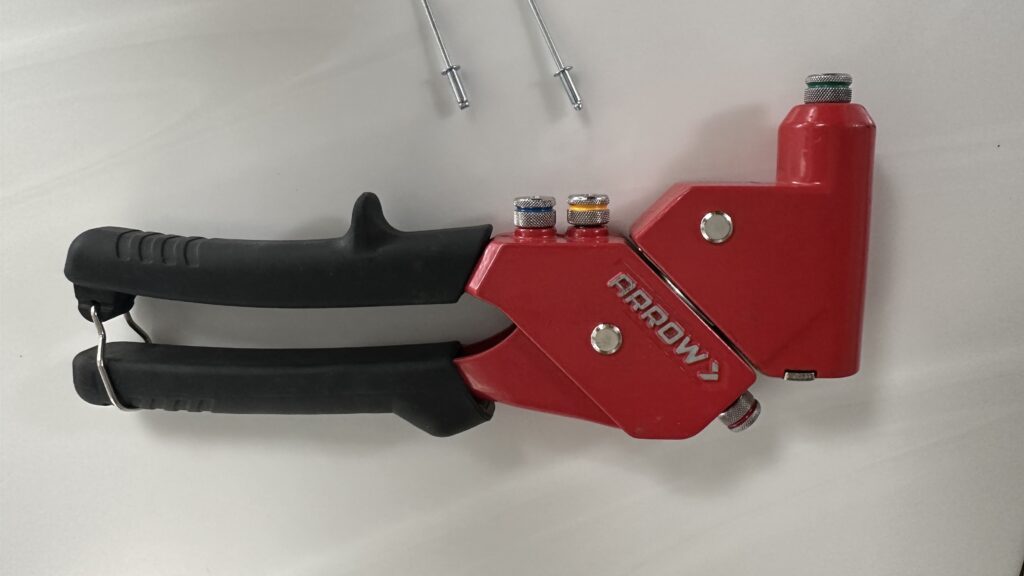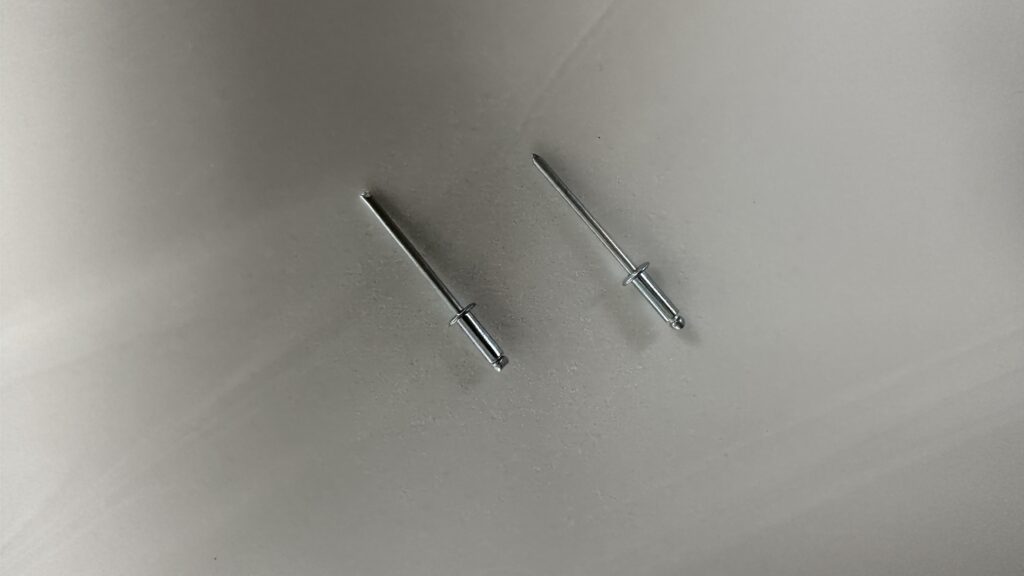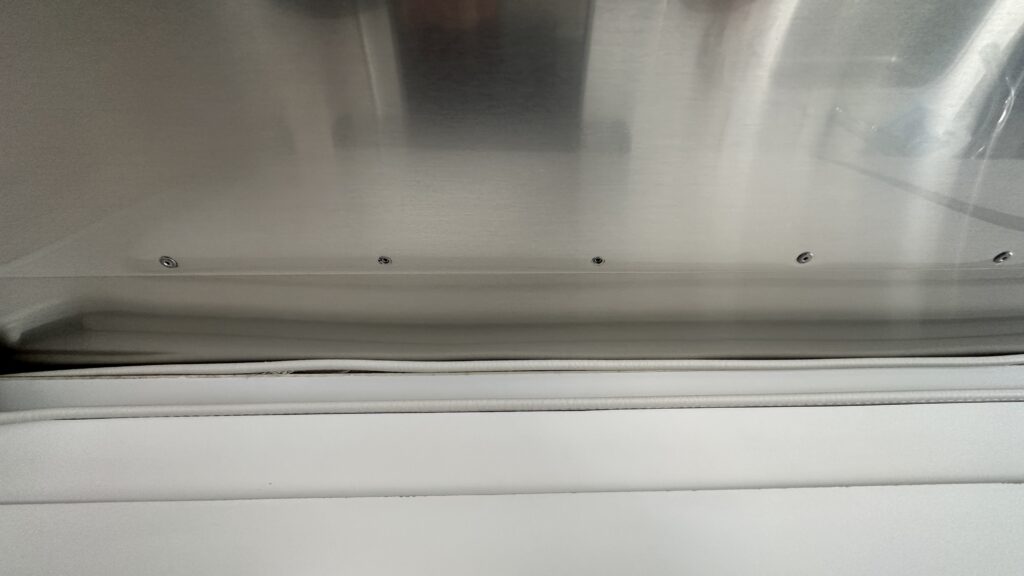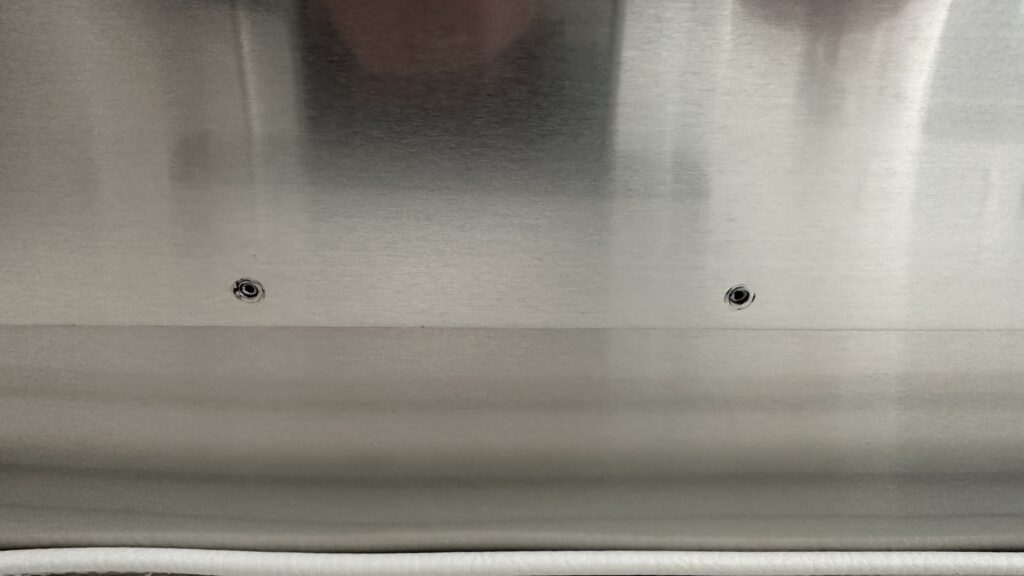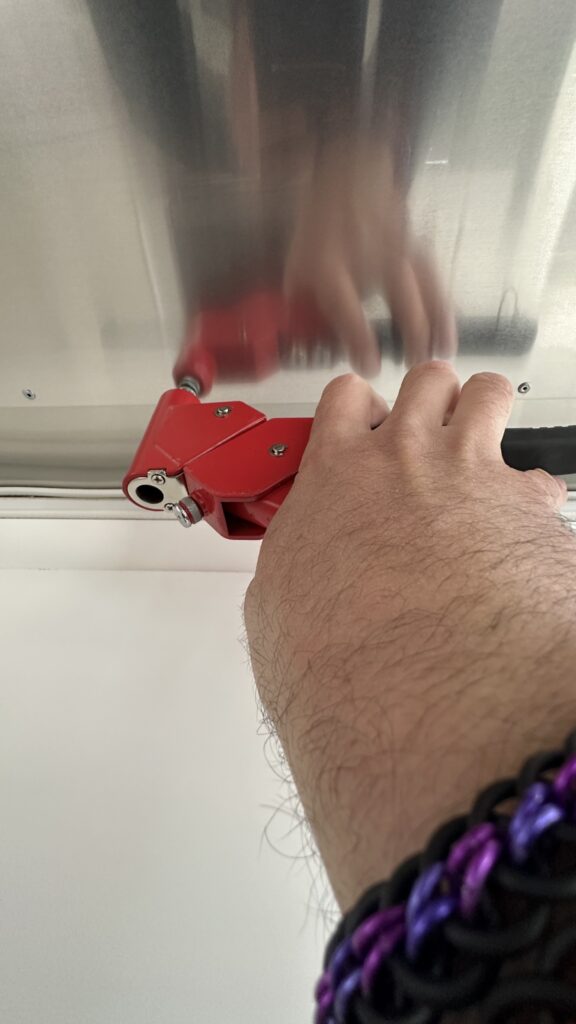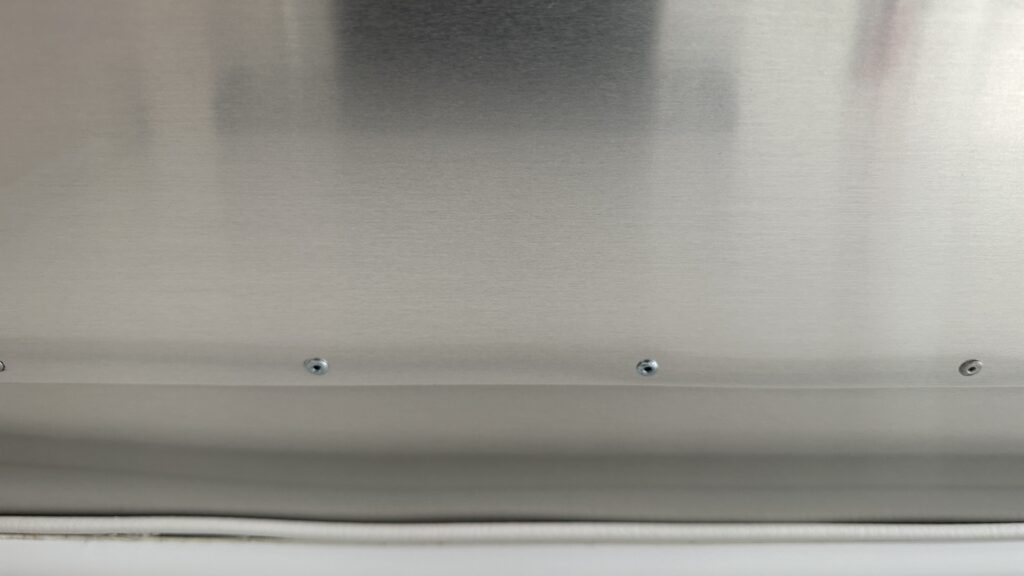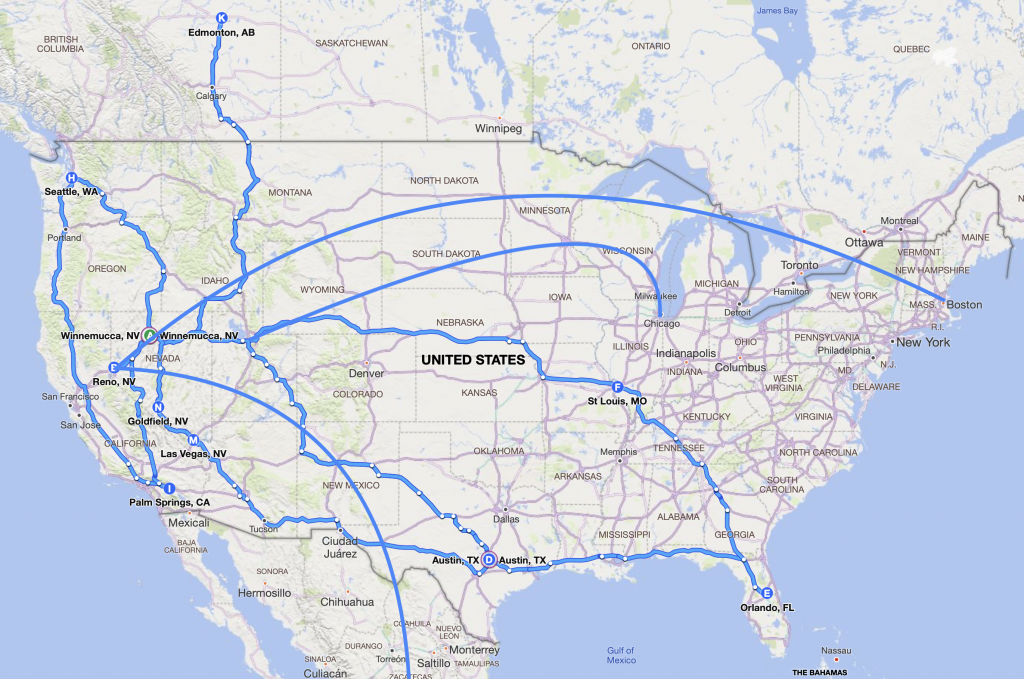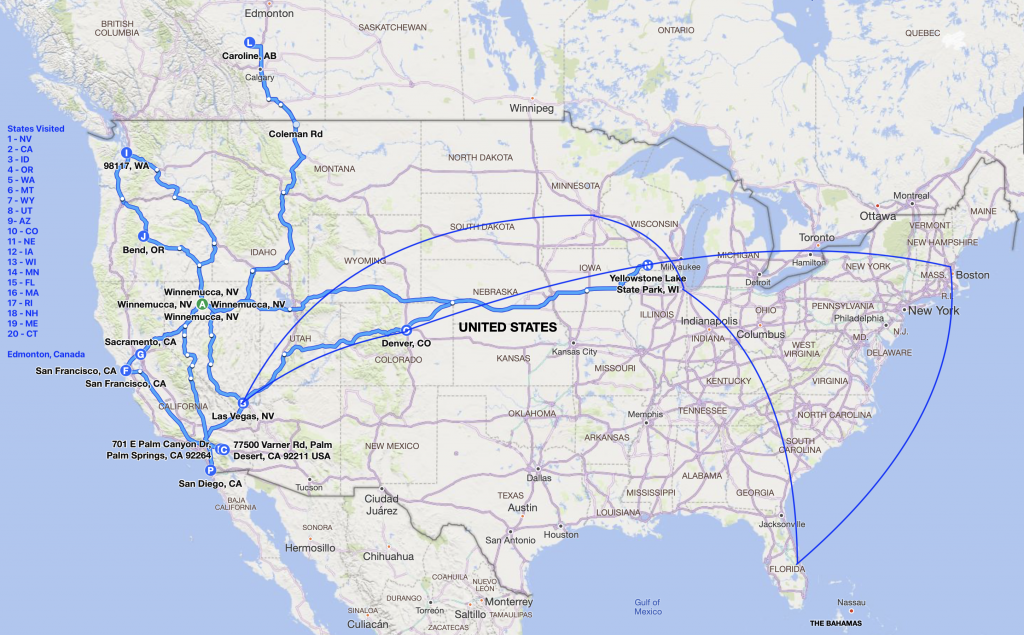Maintaining recreational vehicle (RV) holding tanks is crucial for a pleasant and trouble-free camping experience. Proper care helps prevent odors, leaks, and other issues. Here are some best practices to maintain RV holding tanks:
- Use RV-friendly toilet paper: Choose toilet paper specifically designed for RVs to prevent clogs and ensure easier breakdown in the tank. We use Scott Rapid-Dissolving Toilet Paper as it claims to be sustainable and septic-safe. This is also the same toilet paper we use at home.
- Dump tanks regularly: Empty both the black (toilet waste) and gray (sink/shower water) tanks regularly to prevent buildup and odors. Don’t allow tanks to overfill. It’s a good practice to let the tanks fill to at least 50 to 75% before emptying to get a solid-moving flow rate when emptying. As our holding tanks are relatively small compared to larger rigs, we empty the grey daily when possible and the black weekly (minimum).
- Flush tanks thoroughly: At least once a month we like to flush the tanks with water. After dumping, flush the tanks with plenty of water to remove any remaining waste. You will want to use a dedicated hose for this purpose separate from your freshwater house. Our Airstream, like many, include a black tank flushing system. We run a separate, orange, hose fitted with a one-way valve to this clean out port and flush the black tank using this port at least monthly.
- Add tank treatments: Use RV-friendly tank treatments or chemicals to help break down waste and control odors. Follow the manufacturer’s recommendations for usage. Along the same line of thinking we use household liquid dish soap regularly in the grey tank to break down oils and any solids that may accumulate on the sidewalls of the tank. Typically, we will fill the grey tank to ¼ full and add one cup of liquid dish soap diluted in 1 gallon water to the grey tank before departing to our campsite. This allows the motion of the drive to circulate the dish soap around the entire tank, suspending all the solids in the cleaning solution. We then dump said tank before setting up camp.
- Maintain proper tank levels: Keep a balance between black and gray tank levels. Empty black before grey on days where both tanks need to be emptied. We defiantly allow the gray water to fill up before dumping the black tank, as the soapy gray water can help clean the sewer dump hose.
- Use tank cleaning products: Periodically use tank cleaning products or tank cleaning wands (if your black tank does not have a flush system) to remove deposits and buildup on the tank walls. Follow the product instructions for proper usage.
- Monitor tank sensors: Tank sensors are great for a status update on how much capacity your tanks have available at any given time but can sometimes give inaccurate readings if the tanks have accumulated solids along the sensor line. This is why it is very important to maintain clean, healthy holding tanks. In the event of a tank sensor mismatch one can always use a flashlight to visually inspect the black tank level if your toilet dumps right into the tank like ours or external tank monitoring systems to get a more accurate idea of the tank levels.
- Prevent freezing: If camping in colder temperatures, take measures to prevent tanks from freezing. Use tank heaters, insulate exposed pipes, and consider adding antifreeze to the tanks. Handi-heat magnetic heating blocks are perfect for this application and have allowed us to dry camp in temperatures well below freezing for weeks.
- Check for leaks: Regularly inspect the tanks, connections, and valves for any signs of leaks. Fix any issues promptly to avoid more significant problems down the line. This spring we are going to be replacing the dump valves on both holding tanks as preventative maintenance. After four and a half years of near-constant use, it’s time.
- Protect tank vent: Ensure the tank vent is clear of debris and functioning properly. This helps maintain proper airflow and prevents odors from escaping into the RV.
- Educate all users: Make sure everyone using the RV is aware of proper tank usage and follows the recommended guidelines. We go over toilet and shower basics with each of our overnight guests as to ensure that there is enough capacity for everyone during the camping adventure. Educating users helps prevent misuse that could lead to problems.
By following these tips, you can maintain your RV holding tanks effectively and ensure a more enjoyable camping experience.
